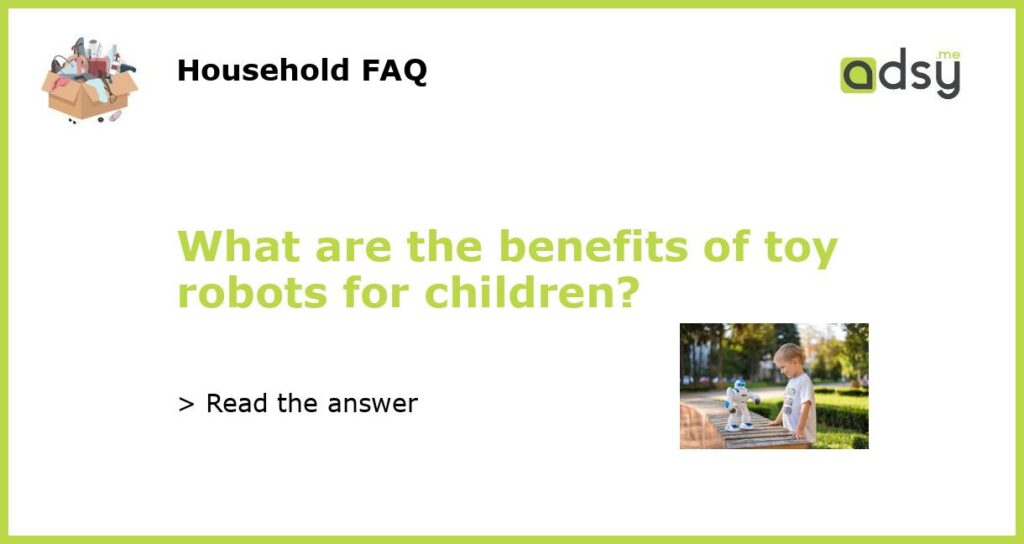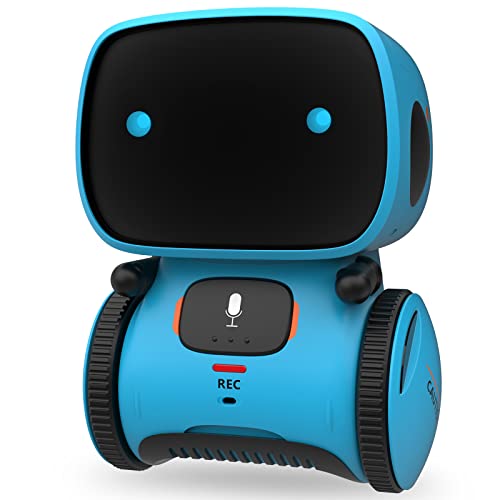Benefits of Toy Robots for Children
Toy robots have become increasingly popular in recent years, captivating the imagination of children around the world. These interactive and programmable toys offer a wide range of benefits for children, helping them develop important skills and abilities. From enhancing creativity and problem-solving skills to promoting teamwork and social interaction, toy robots provide an exciting and educational experience for children of all ages. In this article, we will explore the various benefits of toy robots and how they can positively impact a child’s development.
Enhances Creativity and Imagination
Toy robots stimulate a child’s imagination and promote creative thinking. Whether it’s pretending to be a scientist, astronaut, or even a superhero, children can use their toy robots as characters in their imaginative play. By creating scenarios and stories, they can explore different worlds and situations, expanding their creativity and problem-solving abilities. Toy robots that allow customization and personalization further enhance a child’s creativity, as they can design and modify their robot’s appearance and features.
Develops Problem-Solving Skills
Playing with toy robots can help children develop critical thinking and problem-solving skills. Many advanced toy robots are programmable, enabling children to give instructions and commands for their robot to follow. This encourages them to think logically and sequentially, breaking down tasks into smaller steps. Through trial and error, children learn to troubleshoot and correct mistakes while programming their robot. This process of problem-solving and debugging is a valuable skill that can be applied to various real-life situations and challenges.
Promotes STEM Learning
Toy robots are an excellent way to introduce children to the concepts of Science, Technology, Engineering, and Mathematics (STEM). By engaging with interactive robots, children develop an early interest in these subjects and foster a curiosity about how things work. Many toy robots come with educational elements, including coding tutorials and basic engineering principles. This exposure to STEM concepts at a young age can spark a lifelong passion for these fields and potentially pave the way for future career opportunities.
Encourages Social Interaction and Collaboration
Toy robots provide a platform for social interaction and collaboration among children. Whether it’s playing with siblings, friends, or participating in robotics clubs or competitions, children can work together to program and control their robots. This collaborative play helps children develop essential social skills such as communication, teamwork, and negotiation. It promotes cooperation and encourages children to share ideas, work towards a common goal, and solve problems collectively.
Fosters Emotional Development
Playing with toy robots can also have a positive impact on a child’s emotional development. These toys can become a source of companionship and comfort, especially for children who may feel lonely or isolated. Many robotic toys are designed to mimic human-like behaviors and responses, providing a sense of companionship and emotional connection. Additionally, children can learn empathy and responsibility by taking care of their robot, understanding its needs, and treating it with kindness and respect.
In conclusion, toy robots offer a range of benefits for children, from enhancing creativity and problem-solving skills to promoting social interaction and emotional development. These interactive and engaging toys provide an excellent platform for learning and skill-building in various areas, including STEM subjects. By incorporating toy robots into a child’s playtime, parents and educators can foster a love for learning, creativity, and collaboration, setting them up for future success in an increasingly technology-driven world.






